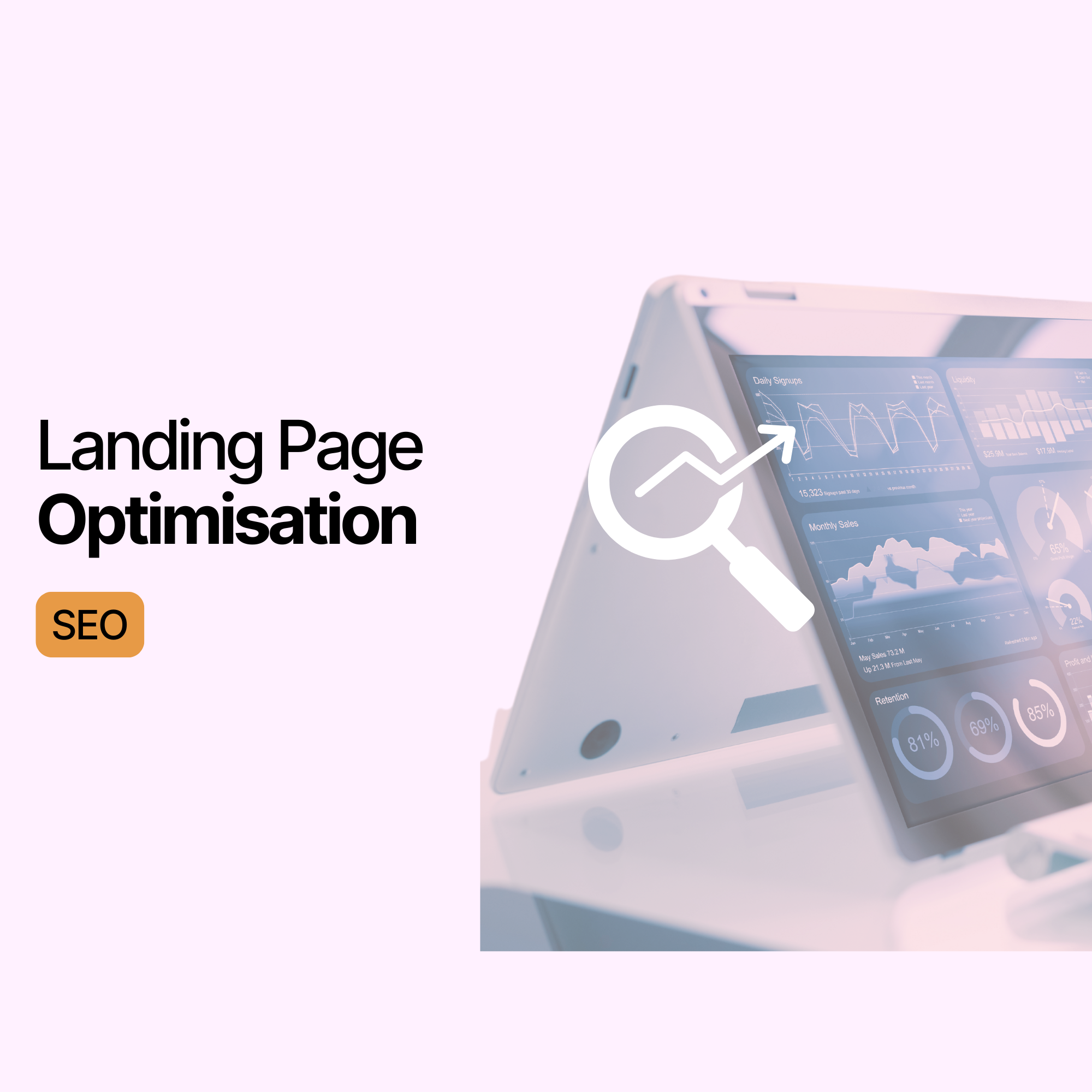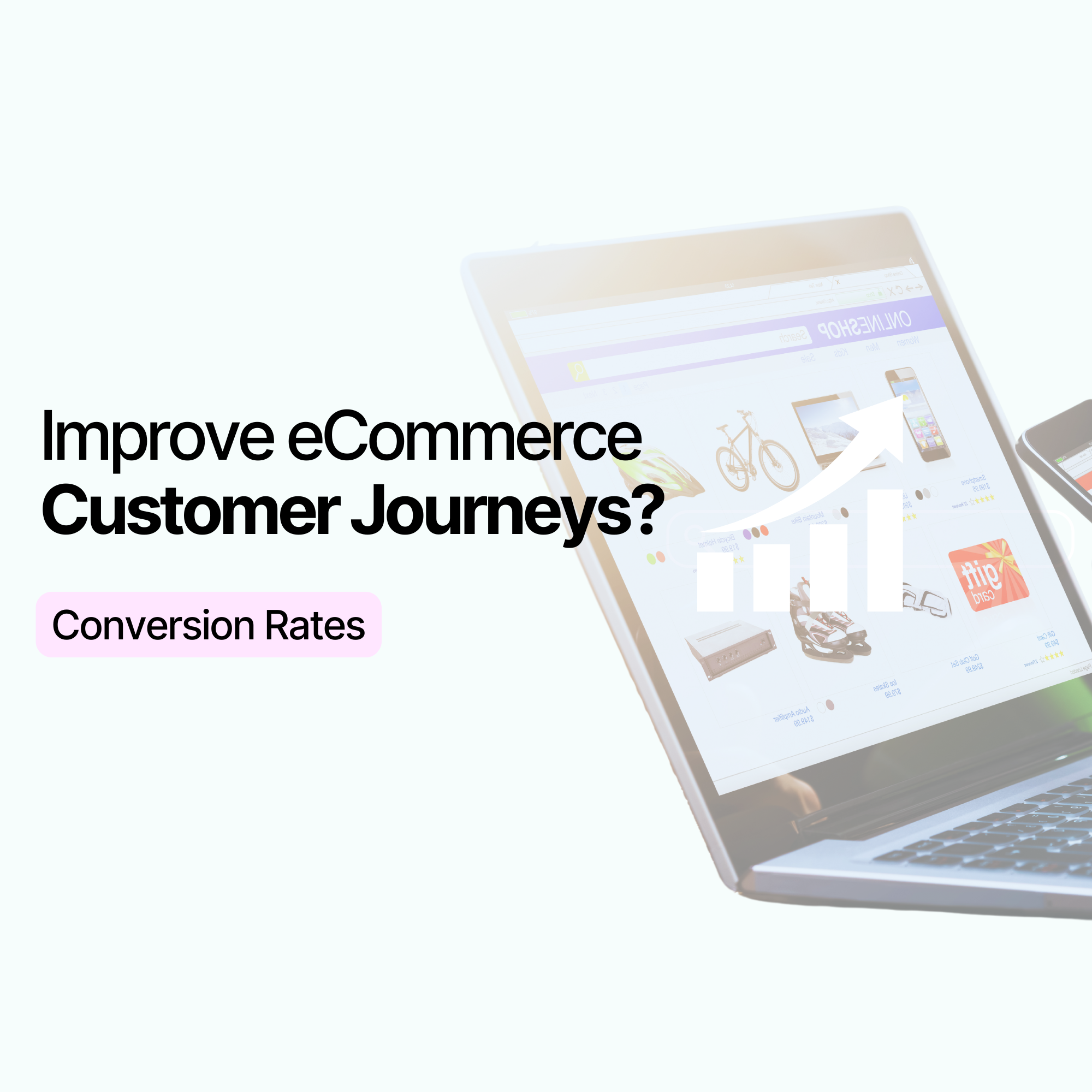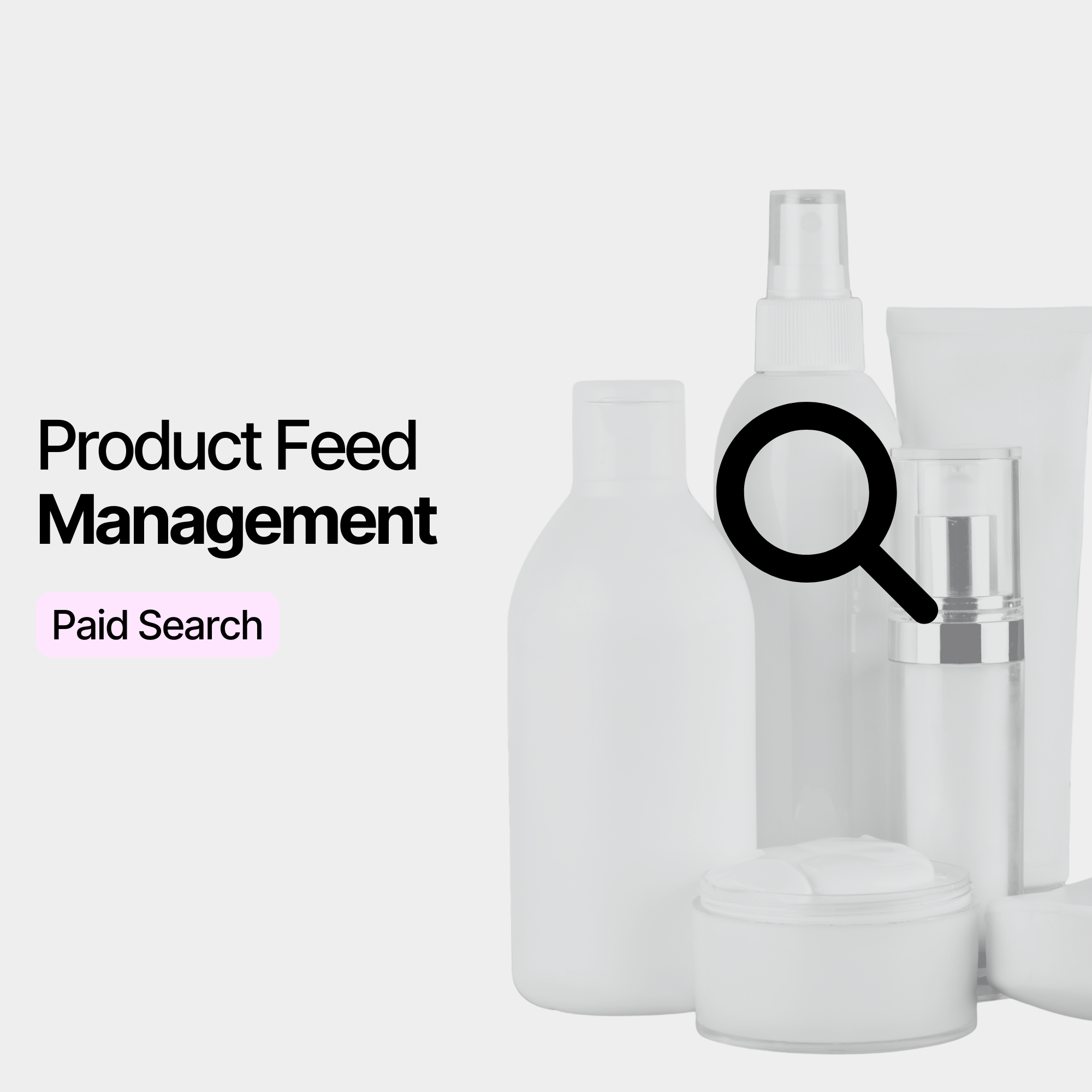
Navigating the digital marketplace is a multi-layered process that demands a keen understanding of your customer’s decision-making. In eCommerce, mastering the art of the conversion funnel analysis can mean the difference between riding the wave of success or floundering in a sea of missed opportunities. We’re taking an in-depth look at how to dissect and optimise your conversion funnel, arming you with the insights needed to skyrocket your eCommerce sales.
Understanding the Conversion Funnel
At the heart of eCommerce lies the customer’s path from potential buyer to a loyal customer. The conversion funnel, structured around the Awareness, Interest, Desire, and Action (AIDA) model, maps out this progression. But how does it apply to the intricate world of online retail?
Each stage of the funnel represents a different level of customer engagement. From someone first becoming aware of your product, through to showing interest, then developing a desire to own it, and finally, making the purchase – understanding how customers move between these stages informs your marketing strategy, website design, and sales tactics.
Data Collection and Tools
Data is the lifeblood of a strategic approach to the conversion funnel. At the awareness stage, you’re looking at traffic sources – where your visitors are coming from. Interpreting visitor behaviour on your website during the interest and desire stages can involve a range of engagement metrics. Finally, understanding the action stage means diligently tracking conversion rates.
A variety of tools are available to help eCommerce businesses collect and analyse this data. From Google Analytics, which provides a broad overview of user behaviour, to more specialised platforms, such as Crazy Egg, which applies heatmaps and other user-experience analyses to help see where customers may be figuratively ‘bouncing’ from the funnel.
Analysing the Funnel
Data in hand, it’s now time to analyse. Start by examining how many potential customers make it to each stage, where they might fall off, and where their journeys might be interrupted. An effective analysis will reveal trends and patterns—perhaps certain traffic sources lead to more conversions, or a specific page on your website acts as a bottleneck.
This thorough examination equips you with the knowledge needed to plug these leaks and streamline the funnel. It’s here that data truly becomes your compass, pointing out the direction for the most impactful changes.
Implementing Improvements
Armed with insights, it’s time to turn them into action. Strategically optimising each stage is a delicate balance of science and creativity. From refining SEO strategies to crafting more compelling product descriptions, the goal is to remove stumbling blocks and guide your customers smoothly towards the final action—making a purchase.
Learn from other eCommerce success stories, but remember that every business is unique. Tailoring your approach based on your specific data is what will make your optimisation efforts successful.
Measuring the Impact
With improvements implemented, measuring the impact is vital. Did changes in the interest stage result in more product page views? Did that translate to a higher desire and, ultimately, action? Conversion rates can tell a thousand stories, providing a clear picture of what’s working and what’s not. It’s this feedback loop that ensures your funnel remains well-tuned to drive consistent sales.
Keep in mind that the digital landscape is continuously evolving. What worked today might not work tomorrow. Therefore, a commitment to continual adjustment and refinement of the funnel is key to long-term eCommerce success.
In the Customer’s Shoes
No analytical tool can beat understanding your customers on a personal level. Always strive to walk through your eCommerce site from the customer’s perspective—ask yourself if their path to purchase is clear and painless. This empathy-driven approach, paired with robust data analysis, completes the full conversion funnel analysis, empowering you to achieve outstanding results in the dynamic eCommerce space.
Conclusion – Charting Your Course
Conducting an in-depth analysis of your eCommerce conversion funnel is a non-negotiable step for businesses looking to scale up. By grasping the intricacies of each stage with empirical data, you’ll gain valuable insights that serve as a roadmap for strategic improvement. But remember, the funnel is not a static structure; it’s a dynamic system that requires continuous adjustment and fine-tuning as customer behaviours and market landscapes shift.
As you survey your eCommerce landscape armed with this newfound knowledge, take heart in the power you have to steer your business toward the shores of success. Optimise, adapt, and never stop learning—your conversion funnel is the compass that will guide you to unparalleled growth in the online marketplace.
Ready to elevate your eCommerce strategy to new heights? Start analysing your conversion funnel today and discover the untapped potential awaiting your brand. After all, in the world of online retail, mastery of the conversion funnel isn’t just a skill—it’s a competitive edge.
Written by
- I have 12+ years experience working client side growing eCommerce for private equity & global companies with a focus on data-led growth and experience optimisation for enhanced revenues.
Want to find out how we can help?
We collaborate with ambitious eCommerce retailers looking to scale their business, profitably. We’d love to hear from you.
Phone: 0330 133 30 69
Email: [email protected]

The Importance Of Landing Page Optimisation

Can I Use AI To Improve eCommerce Customer Journeys?
